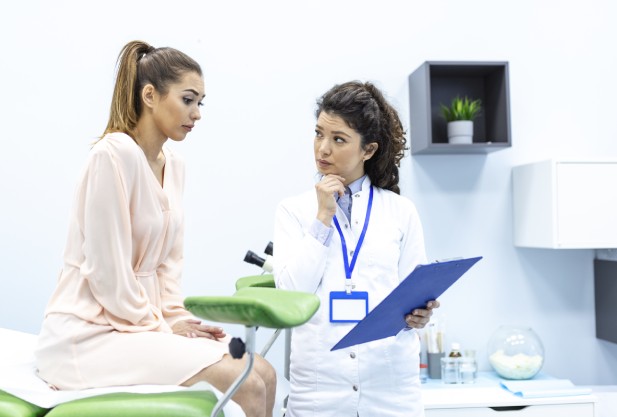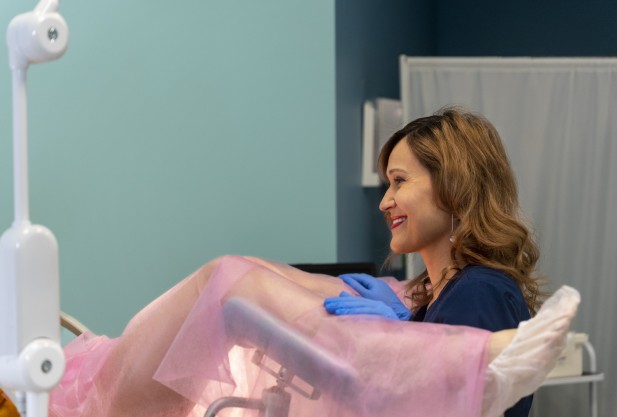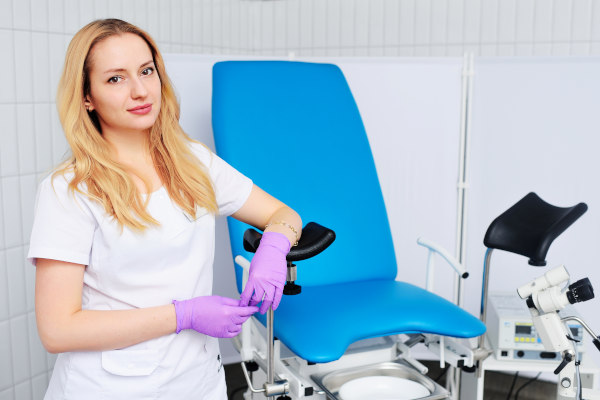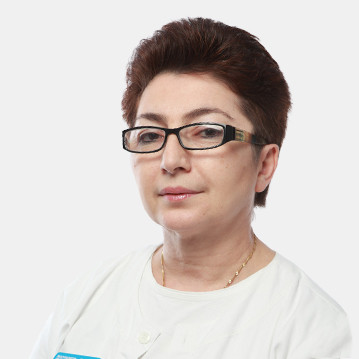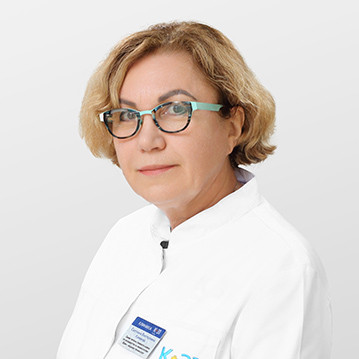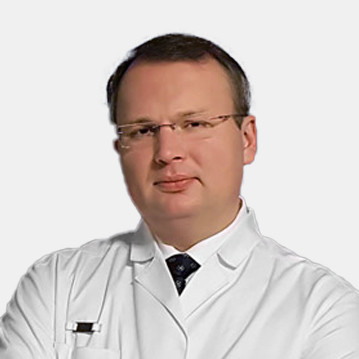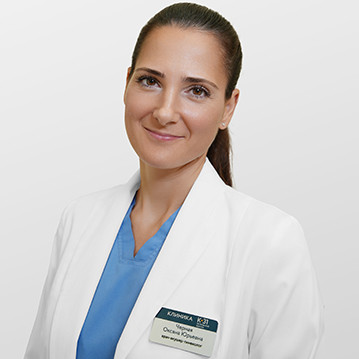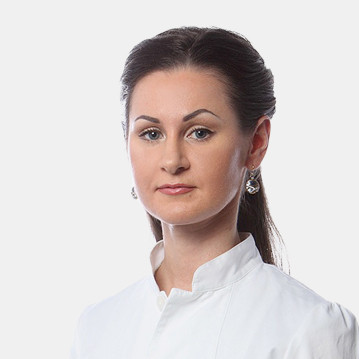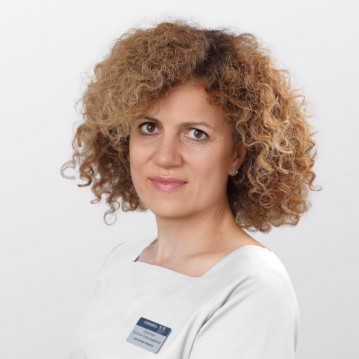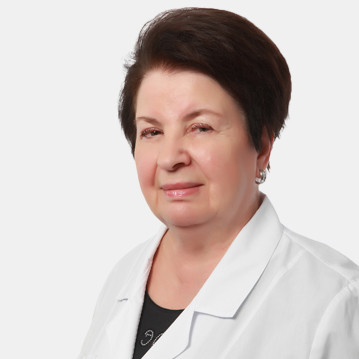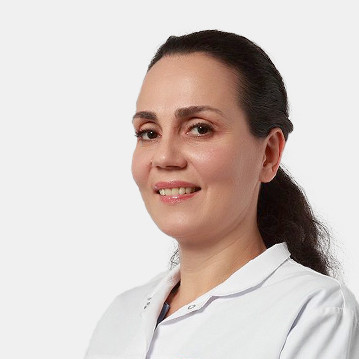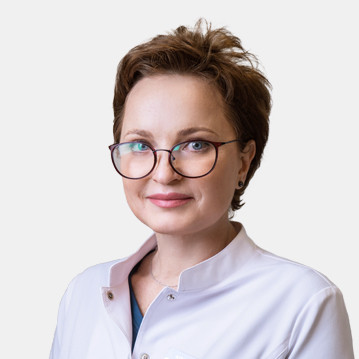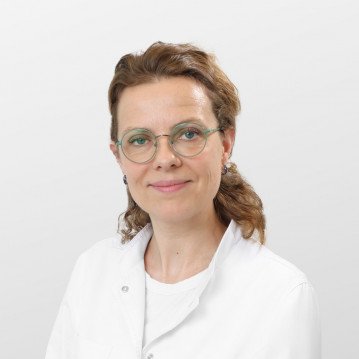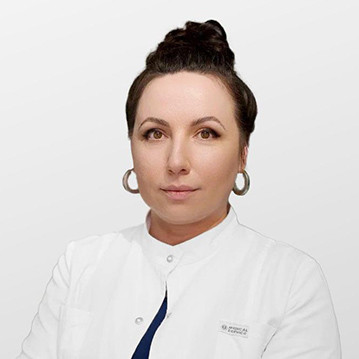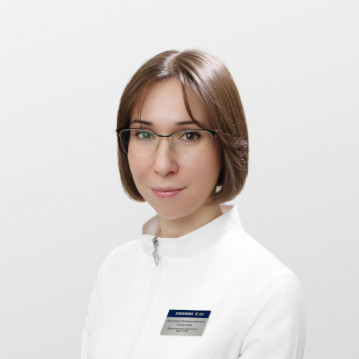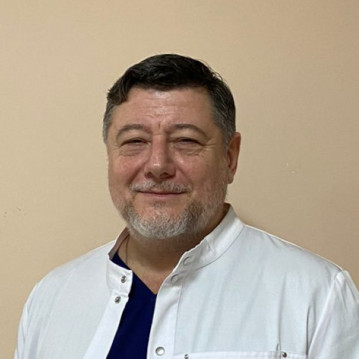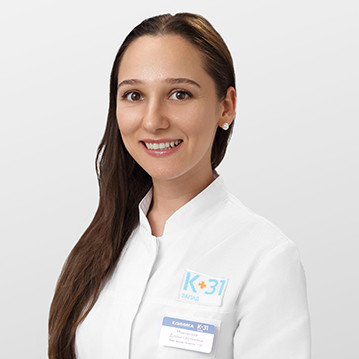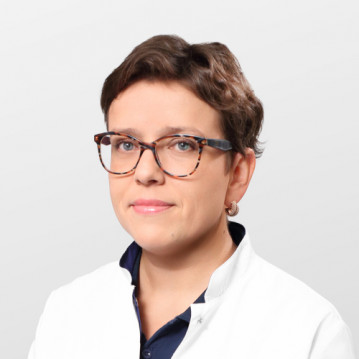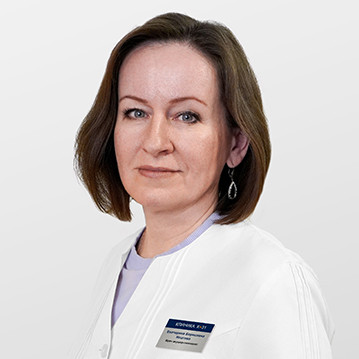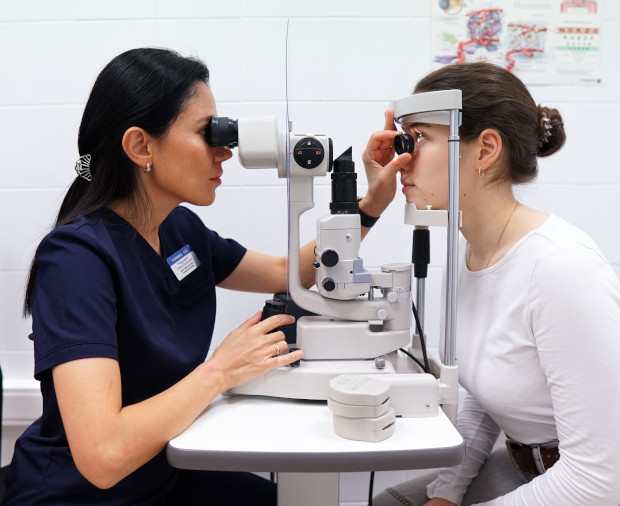Devplasia of the cervix
Cervical dysplasia is a gynecological disease that is characterized by structural and functional changes in the epithelial cells of the organ. Occurs in approximately 5–10% of women of reproductive age. In more than 90% of cases, the disease is caused by infection with HPV types 16 or 18. Untreated dysplasia can cause chronic inflammation of the cervix, which leads to discomfort, menstrual irregularities and decreased quality of life.

specialists

equipment

treatment
What is dysplasia
Cervical dysplasia is a pathological condition that often occurs without external symptoms. Oncogenic HPV strains introduce their genes into the genome of stratified squamous epithelium, which leads to disruption of its life cycle. As a result of mutation, cells begin to divide incorrectly and lose the ability to normally regulate growth and function.
In most women, the immune system suppresses HPV, and the risk of dysplasia is minimized. With weakened immunity, the virus becomes active, which contributes to the development of pathological changes.
The disease develops in the layers of the cervical epithelium, which do not have nerve endings. Therefore, in the early stages, changes remain invisible to women.
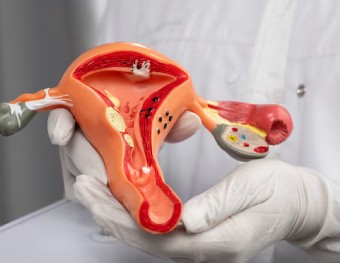
Symptoms of cervical dysplasia
-
Cloudy discharge after sexual intercourse
-
Intermenstrual bleeding
-
Abundant mucous discharge with an unpleasant odor
-
Aching pain in the lower abdomen and pelvic area
-
Itching, burning, swelling of the vagina
Stages of development of dysplasia
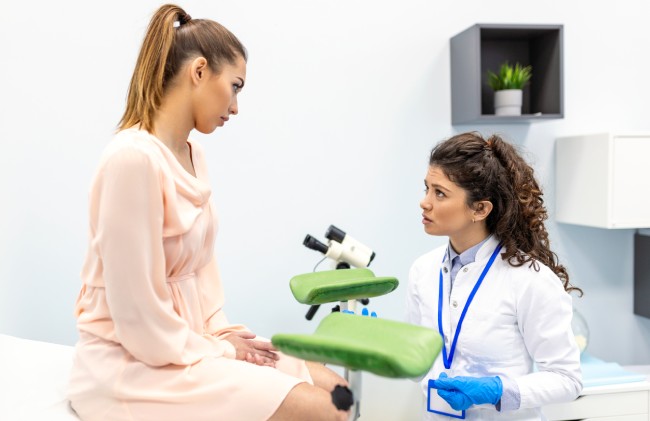
Depending on the degree of atypical changes in the cell epithelium, the cervix distinguishes 3 stages of the disease:
- 1st stage (cin 1) . The changes affect the lower third of the epithelium. The disease occurs after a recently transferred HPV infection. In 70% of cases, the condition improves independently, without treatment. Oncogenic risk is low
- 2 stages (cin 2) . The defeat covers the lower and middle third of the epithelium of the cervix. Oncogenic risk is moderate
- 3 stages (cin 3) . Atypical changes cover more than two thirds of the epithelial layer. Oncogenic risk is high
Even with a severe degree of disease, pathological cells are detected only in the mucosa. They do not apply to neighboring tissues, blood vessels and muscles. Without treatment, dysplasia of 3 degrees in 40% of cases passes into a malignant form.
Types of hysterectomy and risks
General postoperative risks include bleeding, infections, damage to the bladder or intestines, the formation of blood clots, adhesions in the area of a small pelvis. To minimize the likelihood of negative consequences, choose the K+31 clinic in Moscow. Qualified doctors in their work use modern and minimally invasive methods that provide quick rehabilitation and effective restoration results. You can make an appointment in Moscow by phone or through an online form. To clarify the prices, the actual Price - Staller . Also, the cost of services can suggest Clinic administrator.
The table contains types of hysterectomy with a detailed description:
| Type of operation | The area of intervention | Stages of conduct | Rehabilitation |
|---|---|---|---|
| Abdominal hysterectomy | through an incision on the stomach |
|
|
| Vaginal hysterectomy | through the vagina |
|
|
| Laparoscopic hysterectomy | through small (5-10 mm) cuts using a laparoscope |
|
|
Answers to popular questions
Doctors at the K+31 medical center answered frequently asked questions about cervical dysplasia.
Is it possible to cure dysplasia?
Yes, in most cases it is successfully treated, especially with early detection. After therapy, you need to go to control examinations.
Can dysplasia return after treatment?
Yes, it can. The likelihood of relapse is high in patients with HPV. Regular monitoring helps to detect recurrent cervical dysplasia in time. We also recommend getting vaccinated against HPV. According to statistics, after vaccination the risk of relapse is only 2–3%. Without vaccination, the likelihood of recurrence of cervical disease increases 3 times.
Is it possible to get pregnant after treatment for dysplasia?
Yes, you can. Devplasia of the cervix 1 and 2 severity, eliminated by the method of conical, rarely leads to complications during pregnancy. After the 3rd degree disease, the risk of miscarriage increases in women over 30 years old, with hormonal disorders, smoking, alcohol consumption.
How is dysplasia associated with cervical cancer?
Dyplasia is a precancerous state in which the cervical epithelium cells undergo abnormal changes. If dysplasia is moderate or severely detected and not treated, it can progress for several years and lead to cervical cancer.
When can you resume sexual activity after treatment of the disease?
After conization, cryotherapy or laser ablation, you can have sex after 4-6 weeks. Less invasive procedures and biopsies allow sexual activity to resume within 2 to 4 weeks.

This award is given to clinics with the highest ratings according to user ratings, a large number of requests from this site, and in the absence of critical violations.

This award is given to clinics with the highest ratings according to user ratings. It means that the place is known, loved, and definitely worth visiting.

The ProDoctors portal collected 500 thousand reviews, compiled a rating of doctors based on them and awarded the best. We are proud that our doctors are among those awarded.
Make an appointment at a convenient time on the nearest date
Price






